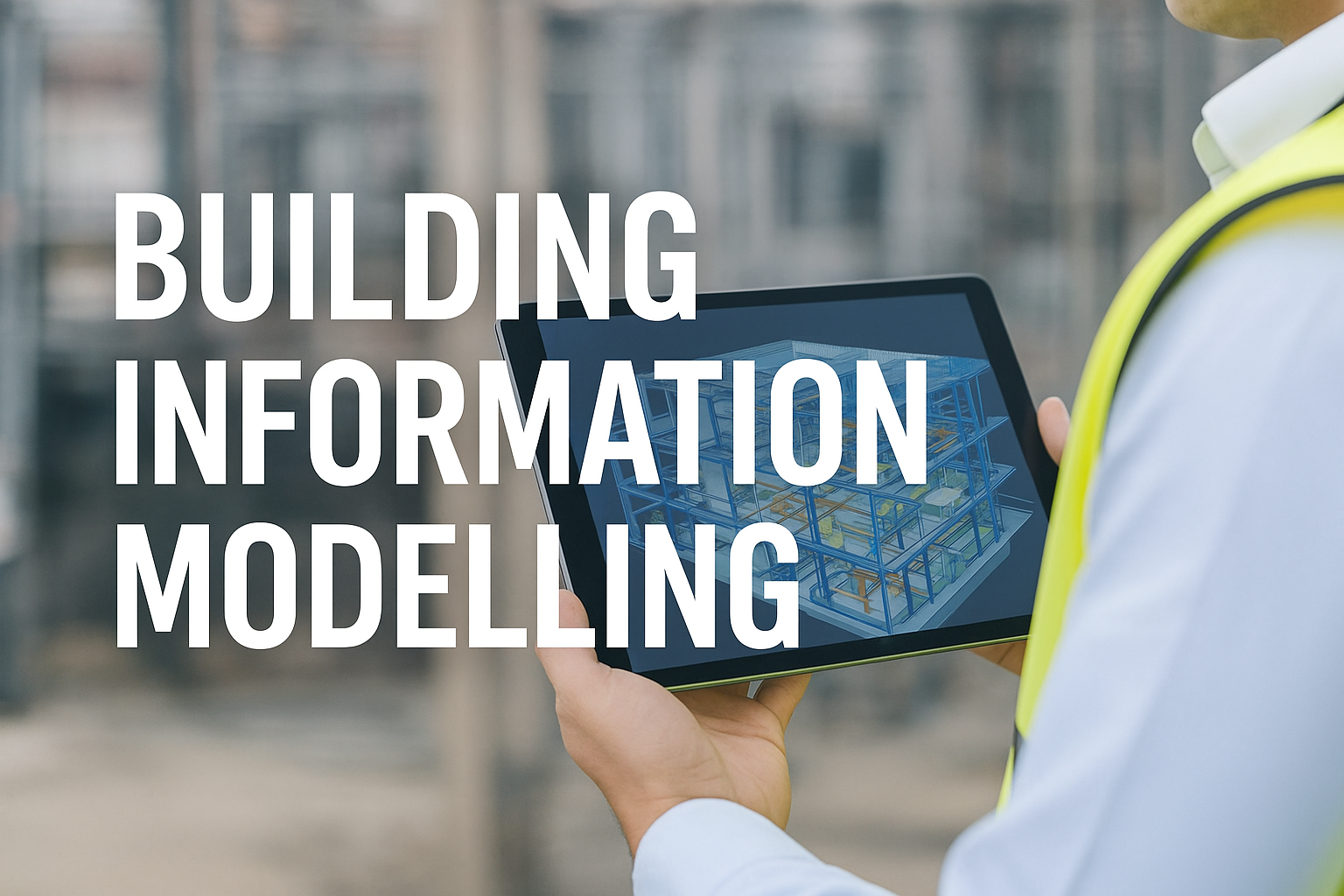In today’s fast-moving construction and infrastructure environment, Building Information Modelling (BIM) is no longer a nice-to-have—it has become essential. At TechPennar, BIM forms the cornerstone of their multi-disciplinary service suite for the built-environment, enabling architects, structural engineers, designers, contractors and MEP professionals to collaborate more effectively and deliver projects with far greater clarity, control and efficiency.
BIM goes beyond 3D modelling: it provides a shared digital platform where all stakeholders access the same model, visualise design intent, and respond to changes in real time. For example, TechPennar’s service includes full 3D modelling and shop drawings, clash-detection, 4D construction simulation and 5D quantity take-offs. This integrated environment ensures that if any design segment changes — say, a duct rerouting, structural alteration or equipment relocation — everyone sees the impact, minimising costly surprises on site.
Structure, MEP and architecture each play a role in complex projects, and BIM ensures they work in a unified manner. TechPennar’s offering highlights this: from structural steel detailing in Revit/Tekla, through HVAC, plumbing, electrical and fire-safety systems modelled in Revit/Navisworks/FABmep, to external building-envelope models. The coordination achieved means fewer clashes, reduced rework, faster delivery and improved quality.
Moreover, BIM adds value in planning and procurement stages. With 4D modelling, construction sequences can be visualised, logistics optimised and site risks mitigated well ahead of physical execution. 5D models give full insight into quantities, cost and resource requirements. TechPennar emphasises these capabilities: “Quantity take-offs… raw materials required… procurement, fabrication… installations are covered.”
In addition, BIM makes remote and global collaboration possible. With a centralised model accessible online, teams across India, UK, USA, EMEA and APAC can collaborate seamlessly, eliminating the need for everyone to be co-located.
Finally, BIM supports lifecycle management: detailed as-built models, linked metadata, and accurate documentation ensure that facility operations, maintenance and eventual retrofits are better informed. In essence, BIM transitions structures from static drawings to living digital assets.
To summarise, for clients looking to deliver large-scale, multi-discipline building or infrastructure projects, TechPennar’s BIM services offer a powerful combination of visualisation, coordination, simulation and quantity-analysis. By leveraging BIM, teams reduce risk, improve predictability and execute with a level of precision that aligns with modern construction demands.

